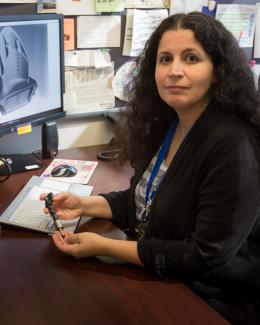Abstract
Solid-state Friction Stir Additive Manufacturing has recently gained attention as a result of its capacity to fabricate large-scale parts while preserving the mechanical properties of the feedstock material. However, the correlation between the quality of layer-by-layer bonding of the deposited metal and processing parameters has remained unknown. Neutron imaging techniques, with 90% total transmission per cm, are employed for Al6061 parts fabricated by MELD® Technology as a non-destructive evaluation approach for the first time to investigate the layer-by-layer structure of a stadium-shaped ingot in different sections. The post-processed results show the fabricated parts with an optimized set of processing parameters are void-free. However, the hydrocarbon-based feedstock lubricant segregates between the layers, which consequently may lead to non-uniform weaker mechanical properties along the build direction and stimulate crack initiation during mechanical loading. The tensile test results show 14% lower strain-to-failure values in alleged contaminated areas in transmission imaging results. Additionally, layer bonding is significantly impacted by hot-on-hot and hot-on-cold layer deposition schemes, especially for larger layer thicknesses.




